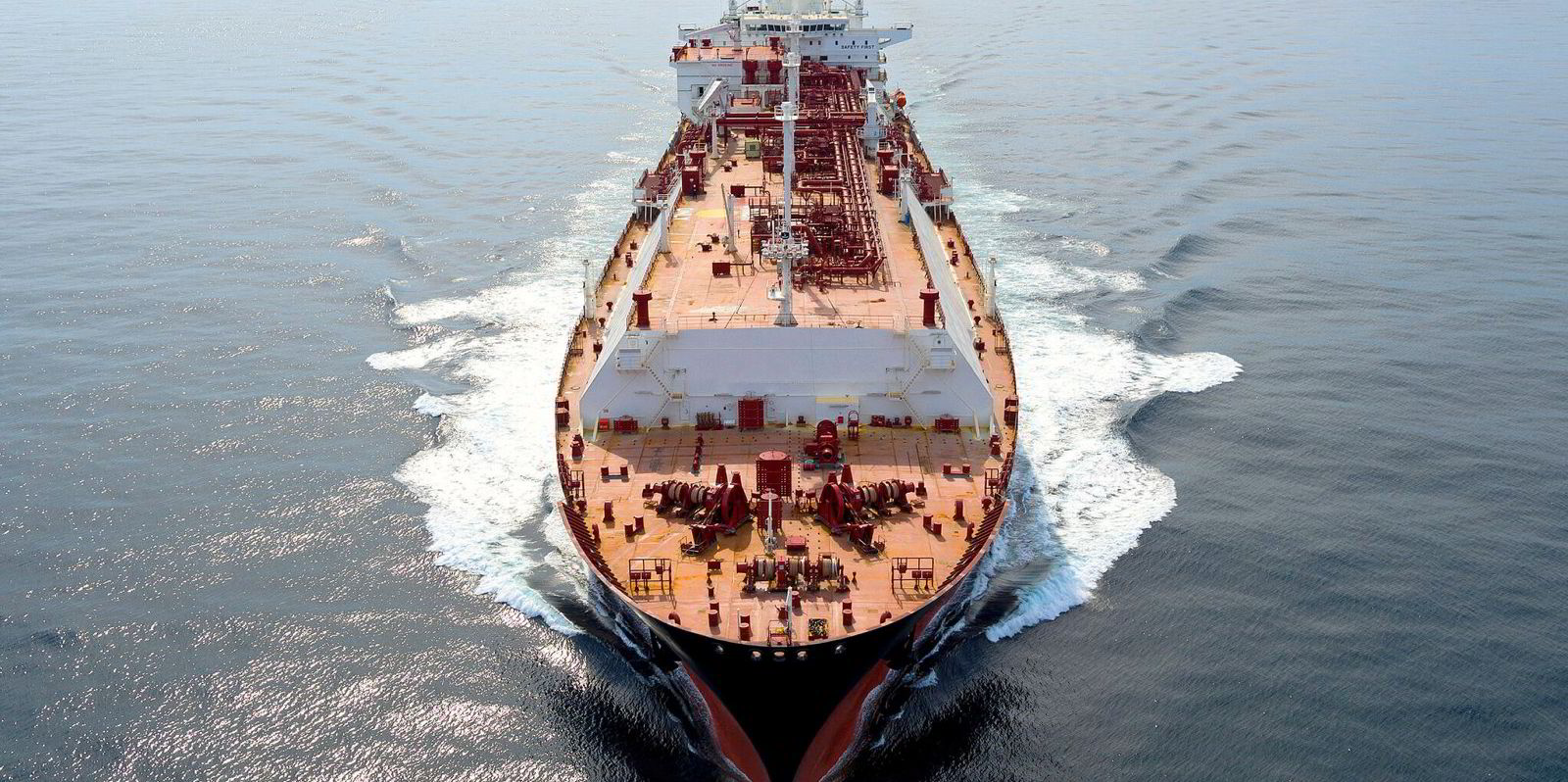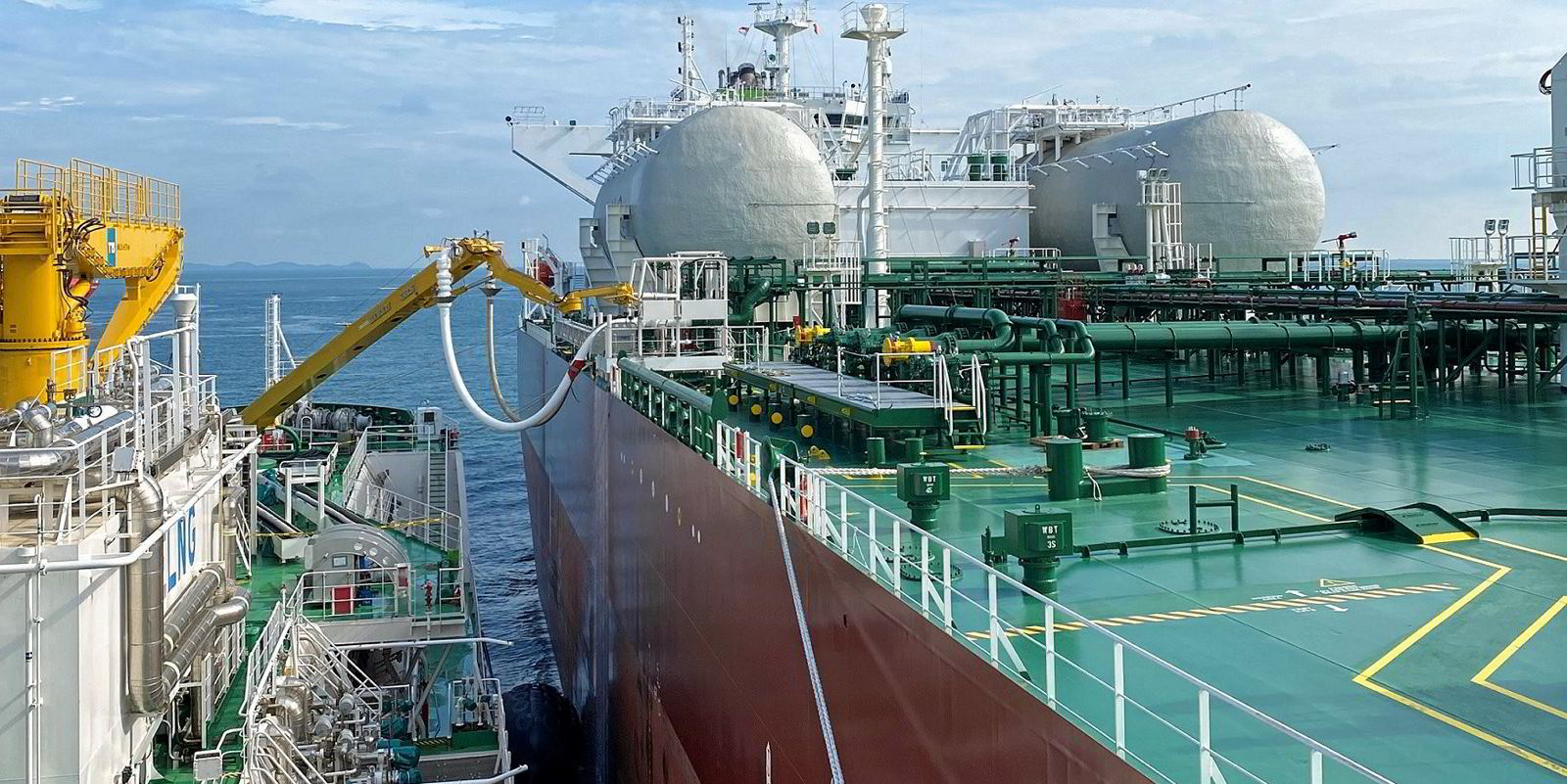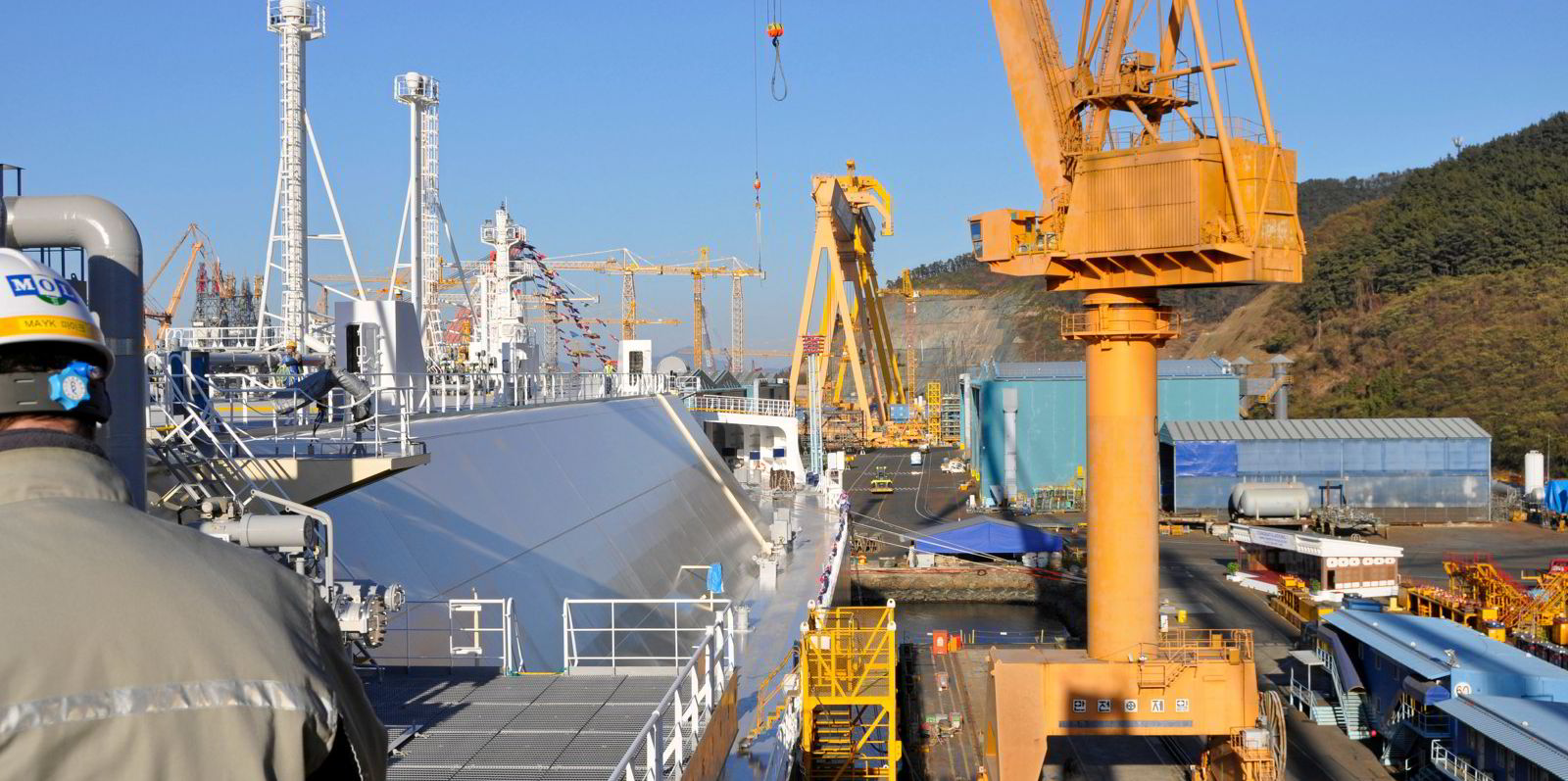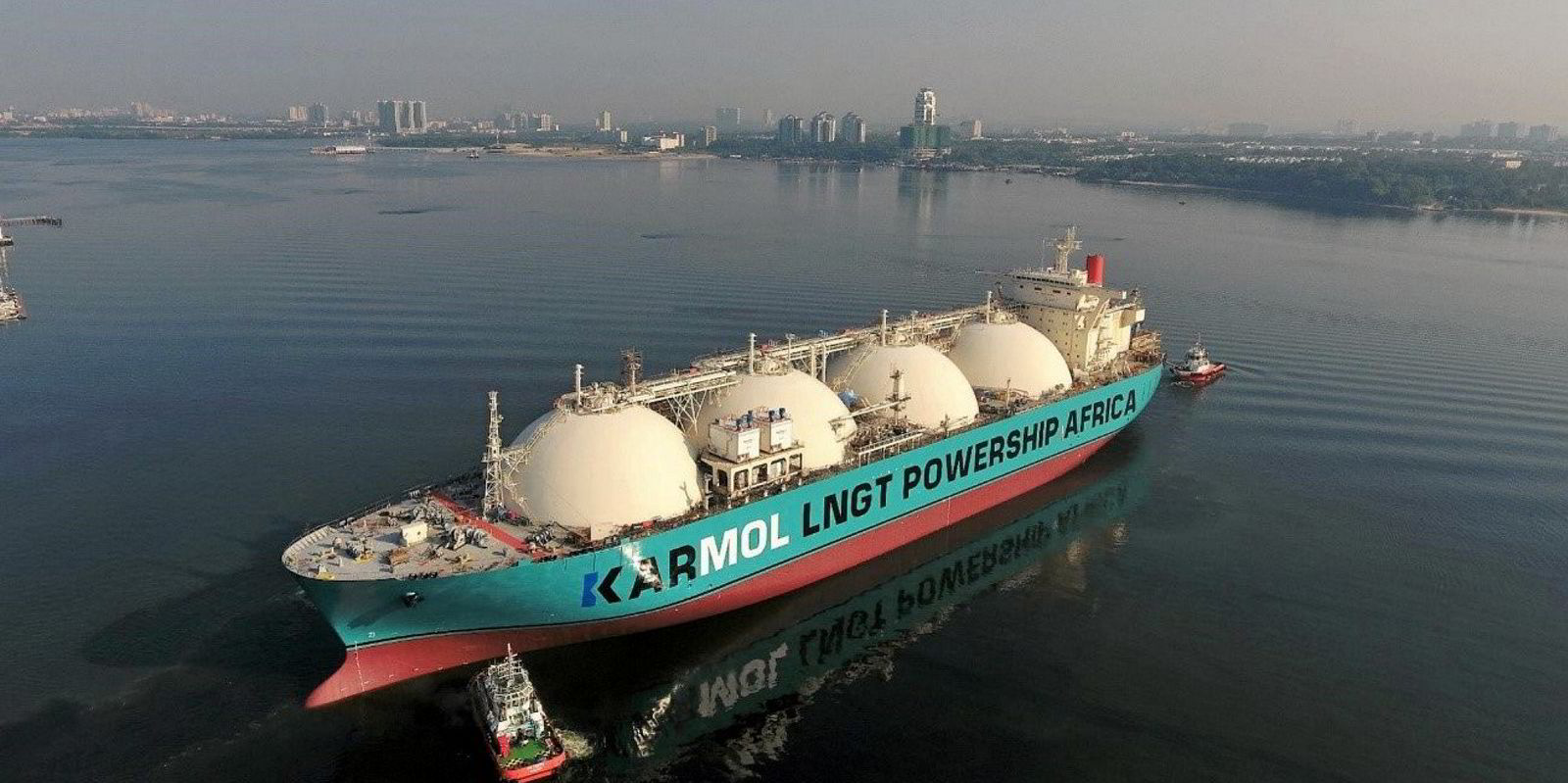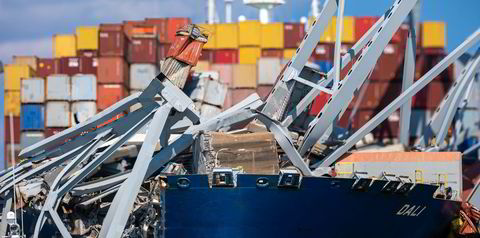LNG use for marine propulsion has increased five-fold between 2015 and 2020, according to the International Gas Union (IGU), which published its annual report on Thursday.
Around 1.5m tonnes of the gas was supplied as bunkers in 2020, with some 22 LNG bunker vessels now in operation globally, the IGU 2021 World LNG Report said.
"LNG is currently the best and immediately available solution at scale that can reduce the environmental impact of maritime transport and preserve air quality," the text stated.
Premature
Speaking on a webinar to present the report, IGU secretary general elect Andy Calitz said maritime bunkering was here to stay.
Even though ammonia will eventually enter the frame as a bunker fuel, Calitz said it was "premature" by the World Bank to declare in a recent report that LNG fuelling is “dead on arrival”.
SEA-LNG chairman Peter Keller also weighed in, saying the World Bank did the world “a disservice” with its statement, as alternatives to LNG are not available yet and will not be for quite some time.
Gas and LNG can immediately reduce emissions and be the key pathway to decarbonisation as more renewable gas, hydrogen, and carbon capture-and-storage are added, the IGU said in its 12th annual summary.
Delving into the figures, IGU World LNG Report Task Force chair Birthe van Vliet from Shell said LNG trade growth was “muted” in 2020, increasing by just 1.4m metric tonnes (mt) as it was “heavily impacted” by the global pandemic.
Exports increased from the US, Australia and Russia, but dropped in countries such as Trinidad and Tobago, Malaysia and Egypt.
Imports into China and India grew, while declines were witnessed in Europe, Mexico and Japan.
Global LNG trade in 2020: 356.1m mt
Global liquefaction capacity at end of 2020: 452.9m mt
New liquefaction capacity added in 2020: 20m mt
Proposed new liquefaction capacity at end of February 2021: 892.4m mt
Global regasification capacity at end of February 2021: 850.1m mt
Floating regasification capacity at end of February 2020: 115.5m mt
Global LNG carrier fleet at end of 2020: 572 vessels (includes FSRUs: 37 and FSUs: 4)
Re-exports rose to 2.6m mt, with Singapore and France responsible for a combined 1.5m mt.
Some 19m mt of new regasification capacity was added in 2020 across 39 countries, with Myanmar becoming an importer and Croatia following earlier this year. Ghana, El Salvador, Vietnam and Nicaragua are expected to come after that.
The IGU flagged up the growth of small-scale LNG as “an important new sector”, as well as of LNG for marine and road fuelling.
Volatile pricing
The LNG sector saw volatile prices throughout the year.
Ciaran Roe, global director for LNG at S&P Global, said 2020 saw the lowest LNG prices on record at “significantly below” $2 per MMBtu. However, prices spiked to the other extreme in January and February of this year on the back of “stellar demand growth” from North Asia.
Sindre Knutsson, vice president of gas and LNG markets at Rystad Energy, said the industry had expected about 56m mt of new liquefaction capacity to be sanctioned during 2020 but just one project was eventually given the green light.
The analyst estimates that some 32m mt of regas capacity was delayed last year.
Knutsson said the LNG carrier fleet grew by 7% in 2020 with 35 vessels added.
At the start of 2021, there were 130 vessels on order — or 23% of the existing fleet.
Calitz said he was not going to leave the IEA’s net-zero 2050 roadmap report, which said fossil fuels such as gas should be avoided, “hanging in the air”.
The IGU has the greatest respect for the IEA and Calitz said it is in support of the Paris Agreement on climate change.
But he added: “The IGU believes that the economic, the human and societal costs of the proposed IEA roadmap makes it very likely to be derailed.”
